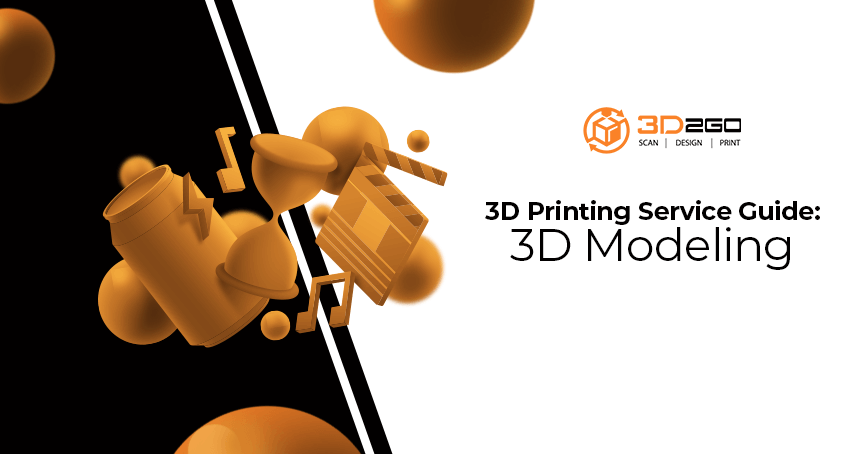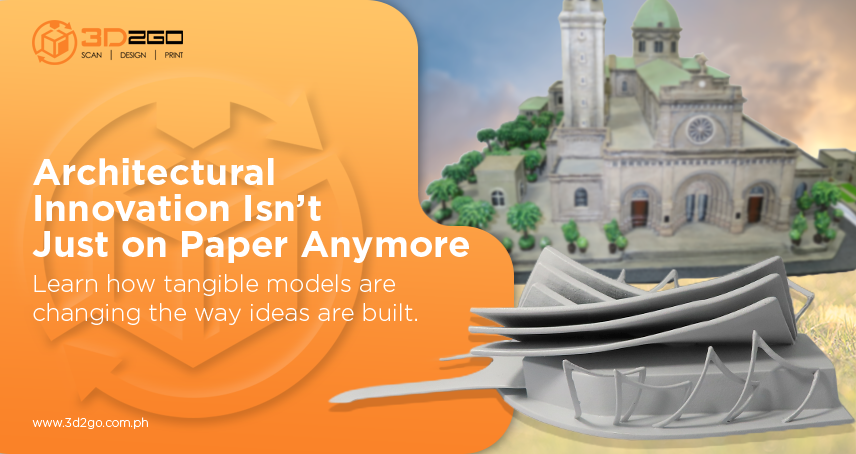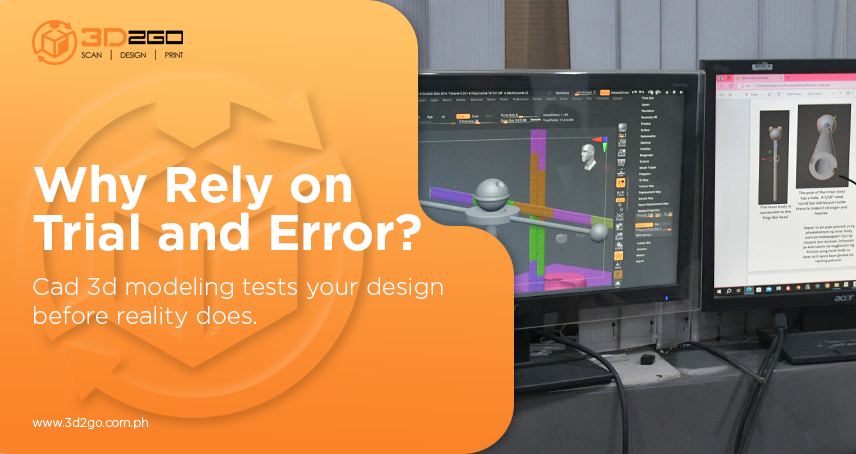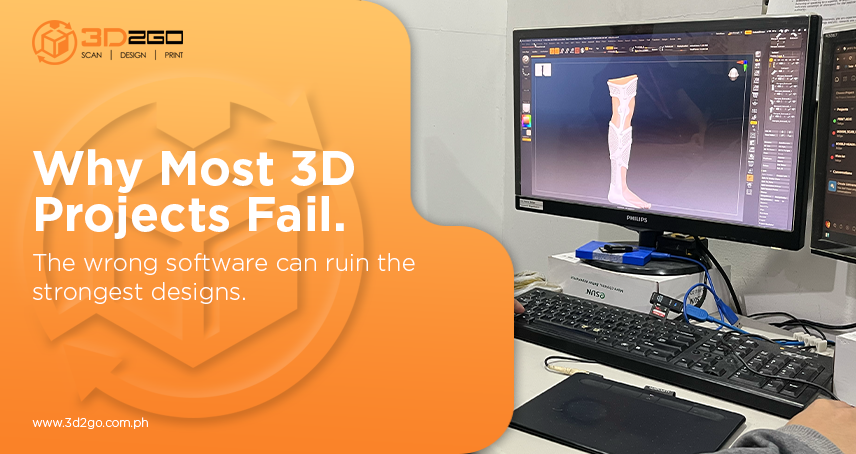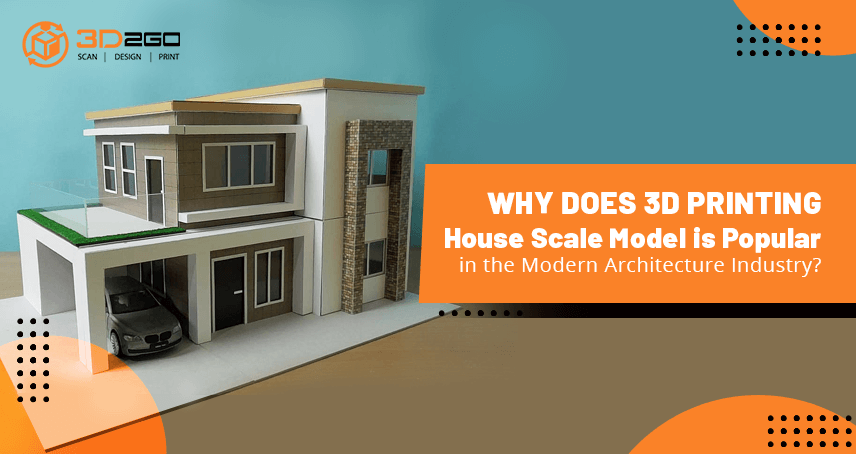
Why Does 3D Printing House Scale Model is Popular in the Modern Architecture Industry?
June 10, 2022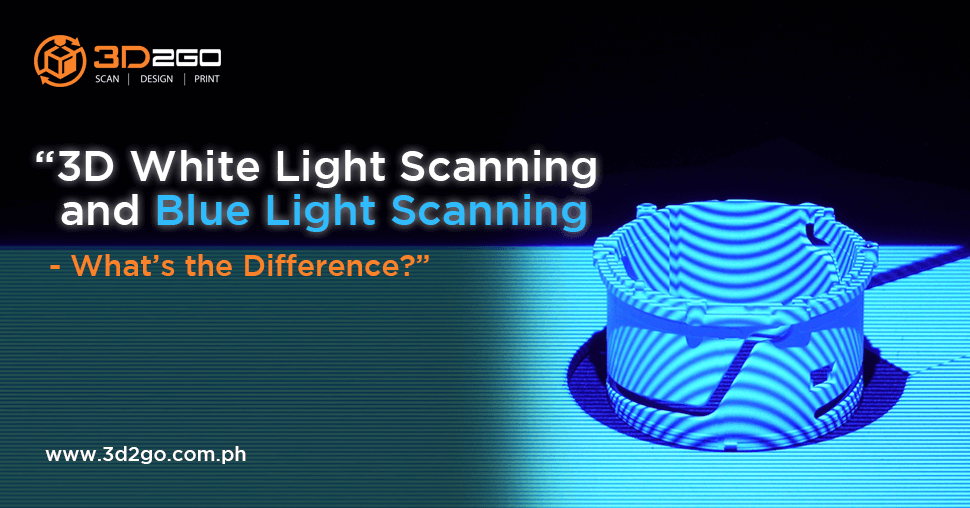
3D White Light Scanning and Blue Light Scanning – What’s the Difference?
June 10, 20223D modeling, for decades, has helped industries create software, art, and technological improvements in many fields.
But because of its complicated process, most online 3D printing services do not offer this kind of service. Nowadays, you will need an expert to create a simple 3D object.
However, it remains arguably one of the most beneficial innovations of the decades. And not many people are aware of it yet.
In this article, we will look into the definition, usage, and benefit of 3D modeling.
What is 3D Modeling?
The term “3D modeling” refers to the process of creating a three-dimensional representation of an object. This representation is called a 3D model.
3D or three-dimensional means an object has size, shape, and texture. With 3D technologies, you can create replicas of existing items. And also design things that are yet to exist in real life.
3D printing is a term used to define an item printed out of a 3D model.
3D Modeling Usage
3D is applicable to these industries:
- Engineering
- Architectural
- Advertising
- Medicine
- Marketing
- Interior Designing
- Film Production
- Information Technology
- Automotive and more
So learning every bit of it will be worthwhile in the long run.
Creating a 3D model starts by connecting and manipulating points together in a 3D space to form a mesh.
One of the first steps needed to create a 3D model is to collect several photos. Pictures or illustrations of the front, back, top, bottom, and right and left side views of the object are a must. It helps to capture every angle of a 3D model and to make it look realistic.
After providing the set of photos, the 3D modeler will start working on the shape. It usually begins with a cube, cylinder, or plane. By using different 3D modeling tools, they can shape it in any way they want.
Producing the final file involves arranging the points to achieve the 3D version of the 2D drawing.
These are the reasons why beginners get overwhelmed with the details and process needed to create 3D models. It usually takes time and determination to understand it. For those who do not specialize in making 3D models, do not be afraid to ask for help from experts.
5 Different Types of 3D Modeling
We use 3D to visualize an object, and there are plenty of ways to do it.
Here are the five common types of 3D modeling:
1. Box modeling
Box modeling starts with a primitive object, such as a cube, then a modeler will use modeling tools to shape it.
It is a common way of designing. Box modeling emphasizes the use of manipulating whole shapes and larger portions of an object at a time.
It is easy to use box modeling compared to other techniques. This type usually works best with hard-surface objects such as architecture and DIY objects.
2. Polygon Modeling
This type is quite similar to Box Modeling. The difference is that we usually start with a simple shape without depth. Then we will begin building our 3D model piece by piece using different kinds of polygons.
People usually use the same tools as box modeling, but they use it in detailing in Polygon Modeling.
This style is useful because it emphasizes edges and vertices. That is why this is applicable if we are to create hard surfaces yet organic-shaped objects, such as building ornaments.
3. NURBS and Curve modeling
NURBS stands for non-uniform rational b-spline. With this kind of style, we switch to a completely different type of modeling.
In this type, we create curved surfaces that we control based on pinpoints. We can use it to make very smooth curved surfaces.
It is very different with box and polygon modeling. Just imagine scaling up the 3D model you created. All those shapes you made will become visible.
But when we scale up NURBS, the curves will remain smooth. Think of it as vector art in 2D graphics.
The tools are also distinct from other types because NURBS no longer works with vertices and edges. We may have tools that open or close a curve or create a new one, but we also have tools that are very similar such as moving, scaling, and rotating control points.
This kind of style is popular among engineers and those who are familiar with CAD-like software. Albeit, not so much when it comes to VFX and the art side of 3D.
4. Digital 3D Sculpting
We generally use Digital 3D Sculpting with character, animal, or creature design. So that means it involves every type of 3D modeling mentioned above.
With this type, we use vertices, edges, and faces to create a 3D model. By using different brushes, we can sculpt anything that we want. It is like carving a design on a block of wood, but digital and simulated.
Although this is more complicated than it sounds, it is best to approach a professional to learn more about Digital 3D sculpting.
5. Photogrammetry
Photogrammetry is yet another completely different way of generating 3D models. With this technique, we use a camera. We photograph an object multiple times from all angles in a lighting condition that is as even as possible. Then we feed these images into a program that interprets them and generates a 3D representation of the object.
Although, there are obvious advantages and disadvantages here. Yes, we get real-world data meaning that whatever we create is bound to be close to realism. However, we have to rework the mesh to get everything right, which is a painstaking task.
There will also be extensive cleanup work to do after. It is because the camera will catch not only the object in question but also the surroundings.
Speaking of the camera, we need to be very critical in taking photos of the item. Or else, we will not get it accurately.
This 3D modeling type is relatively new, but it is gaining a lot of attention lately because of its many applications.
Benefits of 3D Modeling
3D service is essential to many industries. Below are some of the reasons why 3D modeling is a value-adding innovation:
1. Spot design and drawing errors.
3D models act as a virtual replica of your project. It’s a cheap way to test your engineering and design. It’s actually an already feasible option for architects and engineers to test what-if scenarios and possible issues.
3D modeling helps you identify errors easier in a digital environment.
Just consider how costly and time-consuming it is to redesign a project over and over again because you haven’t tested it.
2. Optimize the use of materials.
3D models help developers get the most from the materials they’re using; by buying what is essential without putting safety at risk.
It is because, in 3D modeling, you can simulate the environment of your project. You can identify what materials you need to use before exactly purchasing it.
3. Save money and time.
It is the most logical reason why this service is an essential part of your project.
It can help you save money and time by:
- Eliminating interferences
- Minimizing risk or rework
- Increasing productivity
- Limiting requests for information.
- Limiting change in orders.
- Decreasing the time from the start of construction to facility turnover
4. Incredible promotional and marketing tool.
Improving the quality of your marketing during the pandemic seems to be a daunting task. But it appears like there are ways to overcome this.
3D modeling allows you to show clients and prospects a polished and interactive visual representation of your project. Because of this service, your client can explore and decorate at the same time.
3D Printing Shop Philippines
If you are thinking, “is there a 3D Printing Service near me?” the answer is yes!
If you are looking for a 3D modeler for your projects and want to have it 3D printed, we are your best option!
3D2Go is the only one-stop-shop for everything 3D printing in the Philippines. We offer end-to-end full-service that guarantees a top-quality end product.
Not only that, but we also supply 3D Printers if you want to print your own ideas as well.


